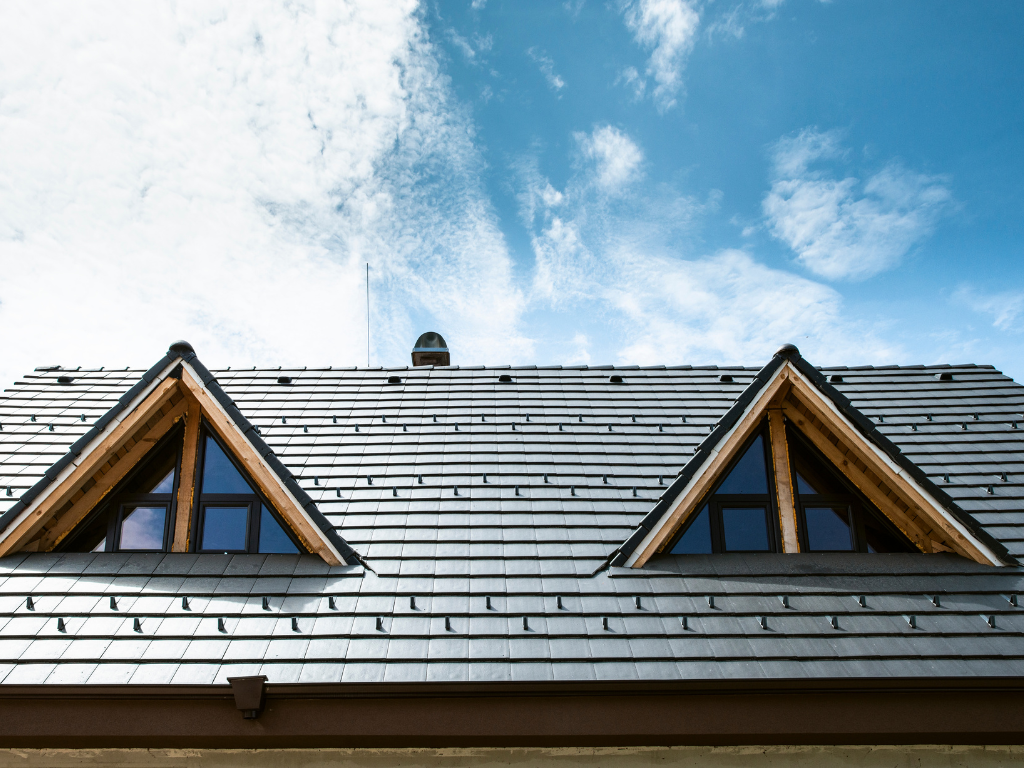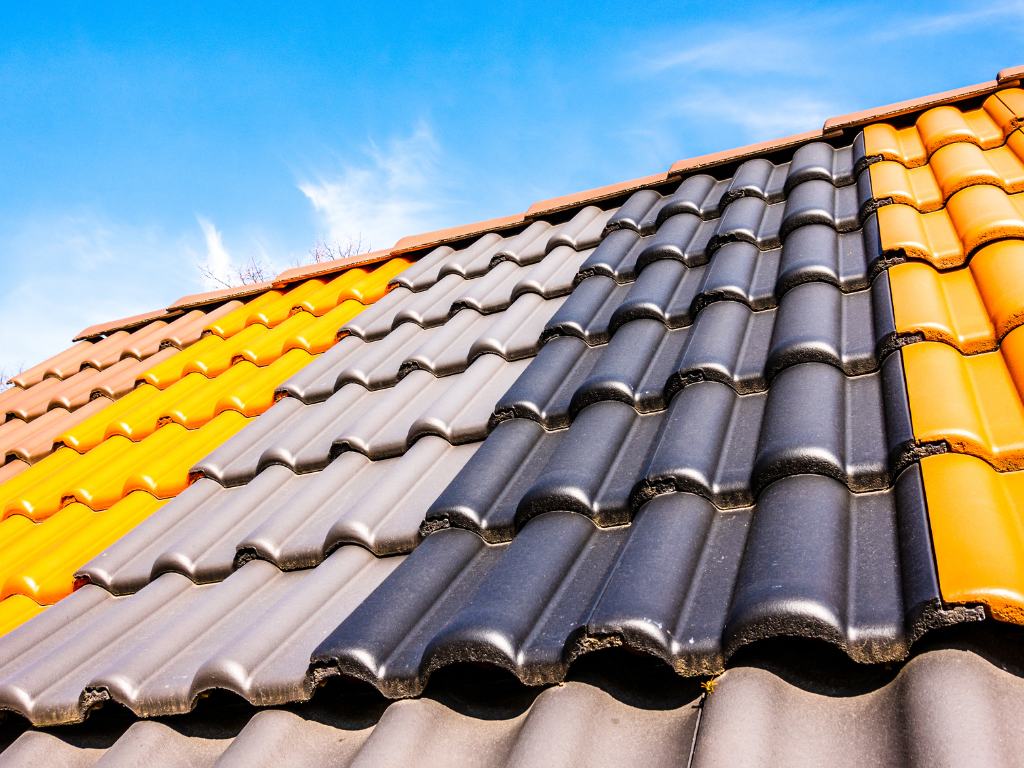Roof tiles are more than just an aesthetic choice for homes; they are essential in providing protection, insulation, and durability to the structure. From withstanding harsh weather conditions to offering a shield against environmental elements, the role of roof tiles in home construction is pivotal. However, the longevity and effectiveness of roof tiles largely depend on two critical factors: the quality of the materials used and the expertise in installation and maintenance.
Professional installation and regular maintenance are key to extending the life of roof tiles. Expertly installed tiles ensure that there are no weak spots or vulnerabilities in the roof, while regular maintenance helps in early detection and rectification of potential issues, thereby preventing long-term damage. This level of professionalism and care can make a significant difference in how well roof tiles perform and last over the years.
Understanding Roof Tile Lifespan
The lifespan of roof tiles is influenced by several factors, with the quality of the material and the precision of the workmanship being at the forefront. The durability of roof tiles can be compromised by poor-quality materials, even if the installation is done correctly. Conversely, high-quality tiles may not reach their full lifespan potential if not installed professionally.
Other factors contributing to the lifespan of roof tiles include the local climate, the underlayment quality, and the maintenance routine. Regular exposure to extreme weather conditions, such as heavy rain, high winds, or intense sun, can accelerate wear and tear. Therefore, choosing the right type of tile and ensuring proper installation and upkeep is crucial for maximizing their lifespan.
Average Lifespan of Different Roof Tile Materials

Different materials used for roof tiles come with varying lifespans, each suited to different environmental conditions and aesthetic preferences:
- Clay Tiles: Renowned for their durability, clay tiles can last up to 50 years or more. They are particularly resistant to rot, fire, and insect damage.
- Concrete Tiles: These tiles offer a lifespan of about 40 to 50 years. Concrete is known for its strength and versatility, though it requires regular maintenance to prevent moisture accumulation.
- Slate Tiles: Slate is often considered the most durable, with a lifespan that can exceed 100 years if maintained properly. Slate’s natural composition makes it resistant to most environmental hazards.
Environmental factors play a significant role in these averages. For instance, in areas with frequent hailstorms or drastic temperature changes, even the most durable tiles might suffer from accelerated aging. It’s essential to consider these environmental aspects when selecting the type of roof tiles for a particular region.
Professional Installation: A Key to Durability

The correct installation of roof tiles is not just a matter of placing them on the roof; it involves a comprehensive understanding of roofing systems, precise alignment, and ensuring proper ventilation and insulation. Professional installers bring a wealth of experience and expertise, ensuring that each tile is perfectly positioned and secured, which is critical for the overall durability and functionality of the roof. They understand the nuances of different materials and the specific techniques required for each, thereby maximizing the lifespan of the roof tiles.
DIY installations, while tempting as a cost-saving measure, can lead to common mistakes that significantly reduce the longevity of roof tiles. These include improper alignment, inadequate sealing or underlayment, and failing to account for climatic factors. Such errors not only compromise the roof’s durability but can also lead to costly repairs in the future.
Maintenance and Regular Check-Ups
Regular maintenance is essential to preserve the condition of roof tiles and extend their lifespan. This involves routine cleaning to remove debris and moss, which can retain moisture and erode the tiles over time. Checking for cracks or breakage and replacing damaged tiles promptly is also crucial to prevent water infiltration, which can cause more extensive damage to the roofing structure.
Professional inspections are invaluable in early detection and repair of issues. Roofing experts can identify potential problems that might not be evident to the untrained eye, such as minor cracks or the early stages of wear and tear. Regular professional check-ups help in addressing these issues before they escalate, ensuring the roof remains in optimal condition for as long as possible.
When to Replace Roof Tiles: Professional Assessment
Knowing when to replace roof tiles is crucial to maintaining the integrity of a roofing system. Signs that indicate the need for replacement include widespread cracking, significant fading, consistent leaking, and tiles that appear to be brittle or excessively worn. In cases where repairs are frequent, it may be more cost-effective to replace the roof tiles altogether.
Professionals assess the need for replacement by conducting thorough inspections, considering not only the visible condition of the tiles but also underlying issues such as the state of the underlayment and structural supports. Their assessment ensures that the decision to replace is based on a comprehensive understanding of the roof’s condition. Moreover, when replacement is necessary, professionals can guide homeowners in selecting the best materials for their specific needs and environmental conditions, ensuring a wise investment for the future of their home.
Enhancing Lifespan with Advanced Treatments and Technologies
Modern Protective Treatments and Material Innovations
In the realm of roofing, advancements in treatments and technologies have opened new avenues for prolonging the life of roof tiles. Modern treatments such as sealants and protective coatings can significantly enhance the durability of tiles by providing additional layers of protection against environmental elements like UV rays, rain, and extreme temperatures. These treatments help in preventing moisture absorption, cracking, and fading, which are common causes of tile deterioration.
The Role of Professional Expertise in Applying Advanced Solutions
The application of these advanced treatments and technologies is a task best suited for professionals. They possess the knowledge and tools necessary to apply these enhancements effectively. Their expertise ensures that these treatments are applied uniformly and comprehensively, thereby maximizing their protective benefits. Furthermore, professionals can provide valuable advice on the most suitable treatments and innovations for specific types of roof tiles, considering the local climate and the unique needs of each roof.
Conclusion
The longevity and effectiveness of roof tiles are contingent upon several key factors: the quality of the materials, the precision of the installation, and the rigor of maintenance. Choosing the right materials for your specific environmental conditions and aesthetic preferences is the first step towards a durable roof. However, the role of professional installation and maintenance cannot be overstated. Professional roofers bring an essential level of expertise, ensuring that the tiles are installed correctly and maintained effectively, which is crucial for maximizing their lifespan.








